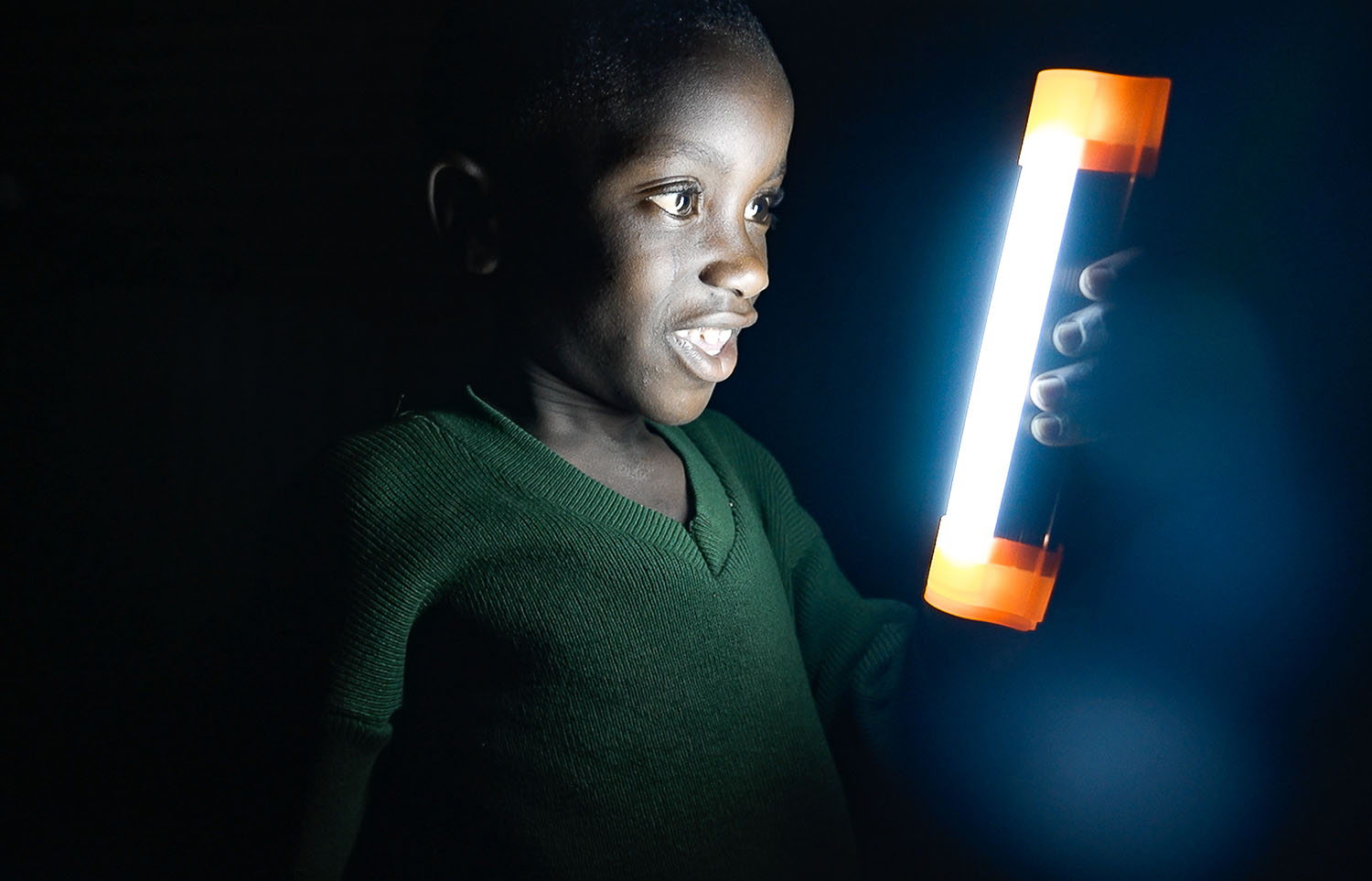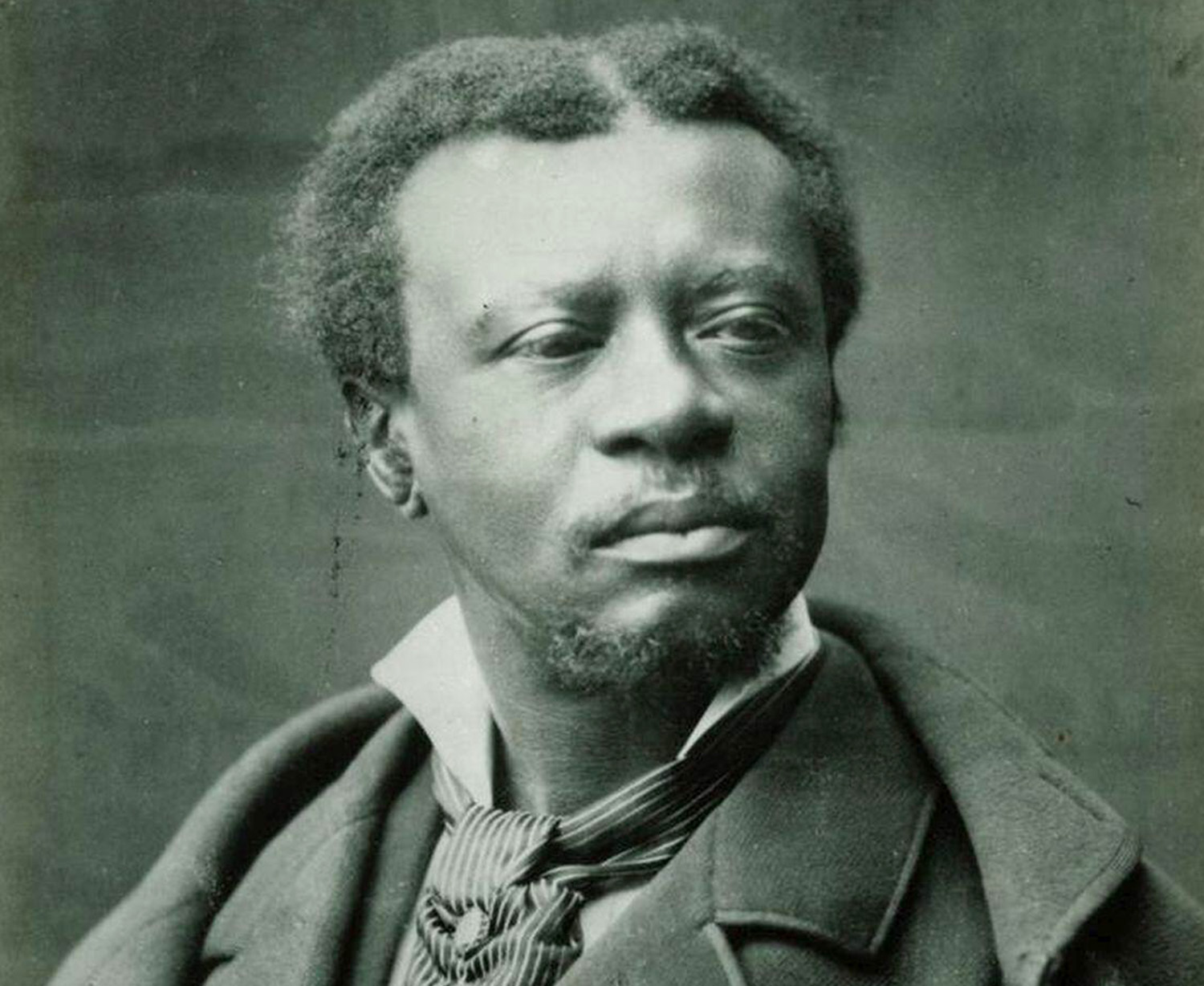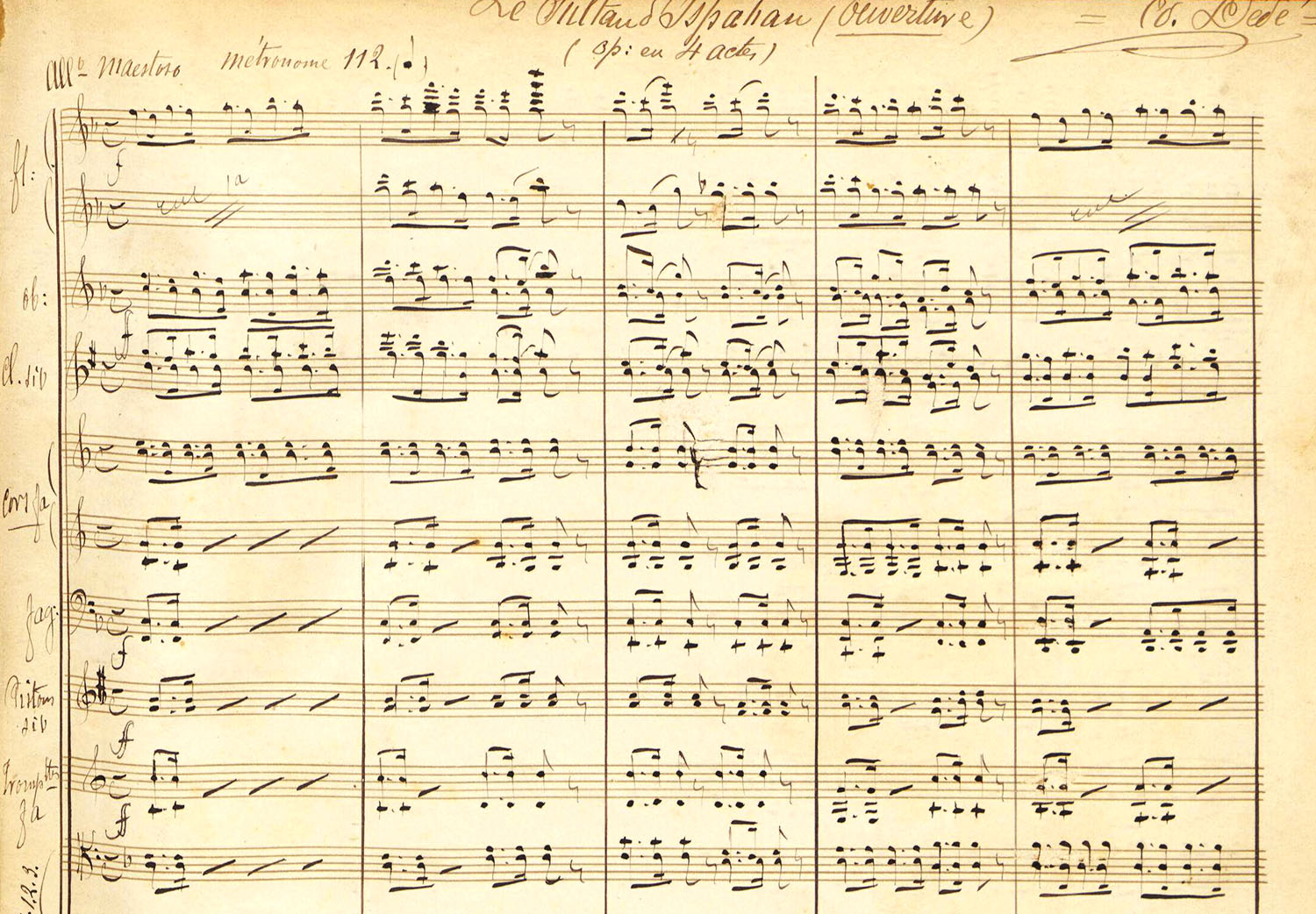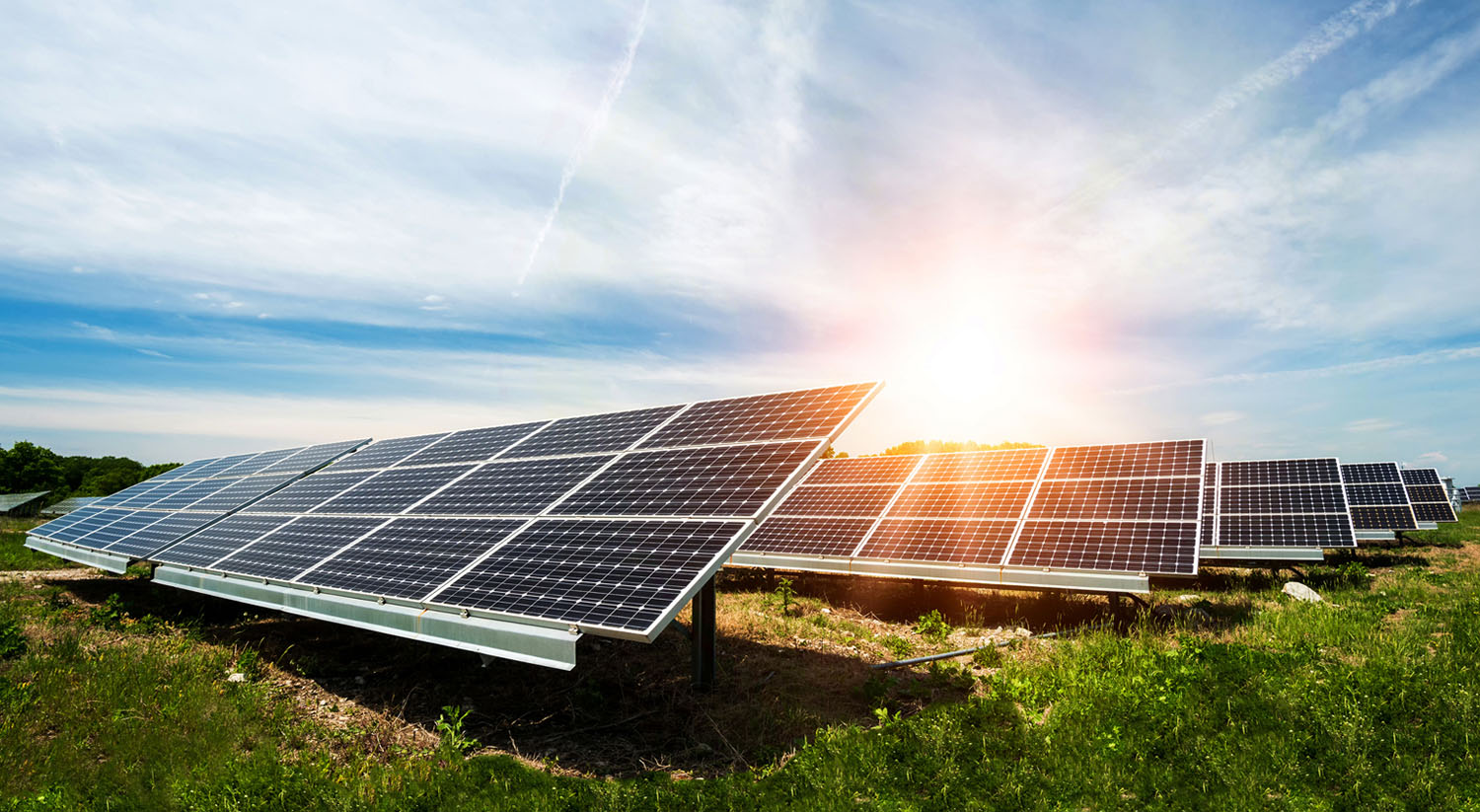Backpacks Create Their Own Light
Inventor Innocent James created backpacks that use solar panels to make their own study lights.
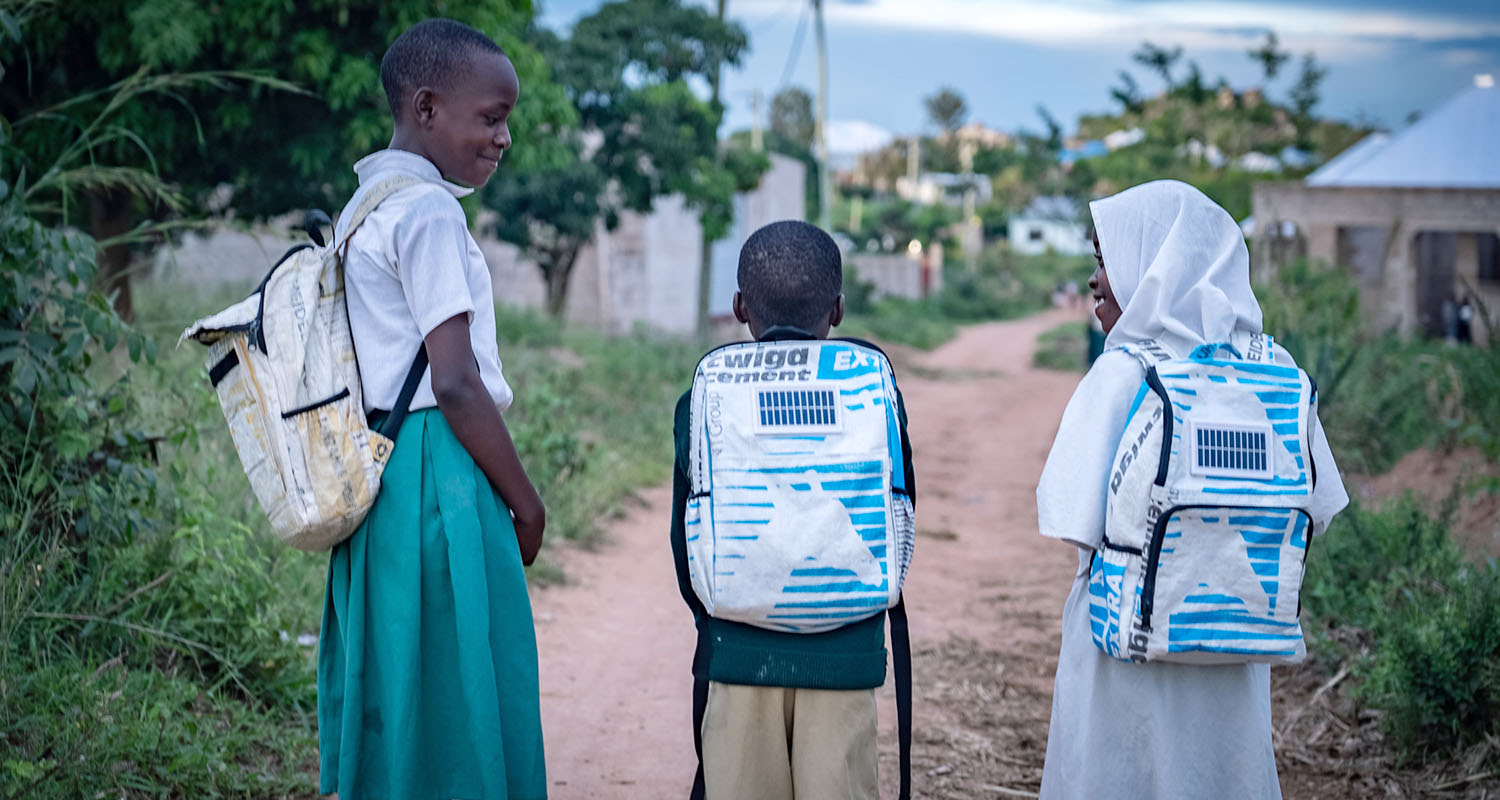
© UNDP Tanzania/Kumi Media
Soma Bags have solar panels that capture enough sunlight to power a nighttime reading light.
When Innocent James was in college, he bought a mobile library cart and began lending books to school-age children in Tanzania, where he lives. He was bothered when he realized that kids were returning the books without having read them because their homes were too dark at night. So James came up with a solution: a solar-powered backpack that can provide the light students need to read and study.
James knew why kids needed more light because he had faced the same problem as a kid. Less than half of Tanzania’s population has access to electricity. Families light their homes with oil-burning kerosene lamps. But the oil is expensive, and many people cannot afford to have their homes lit all evening.
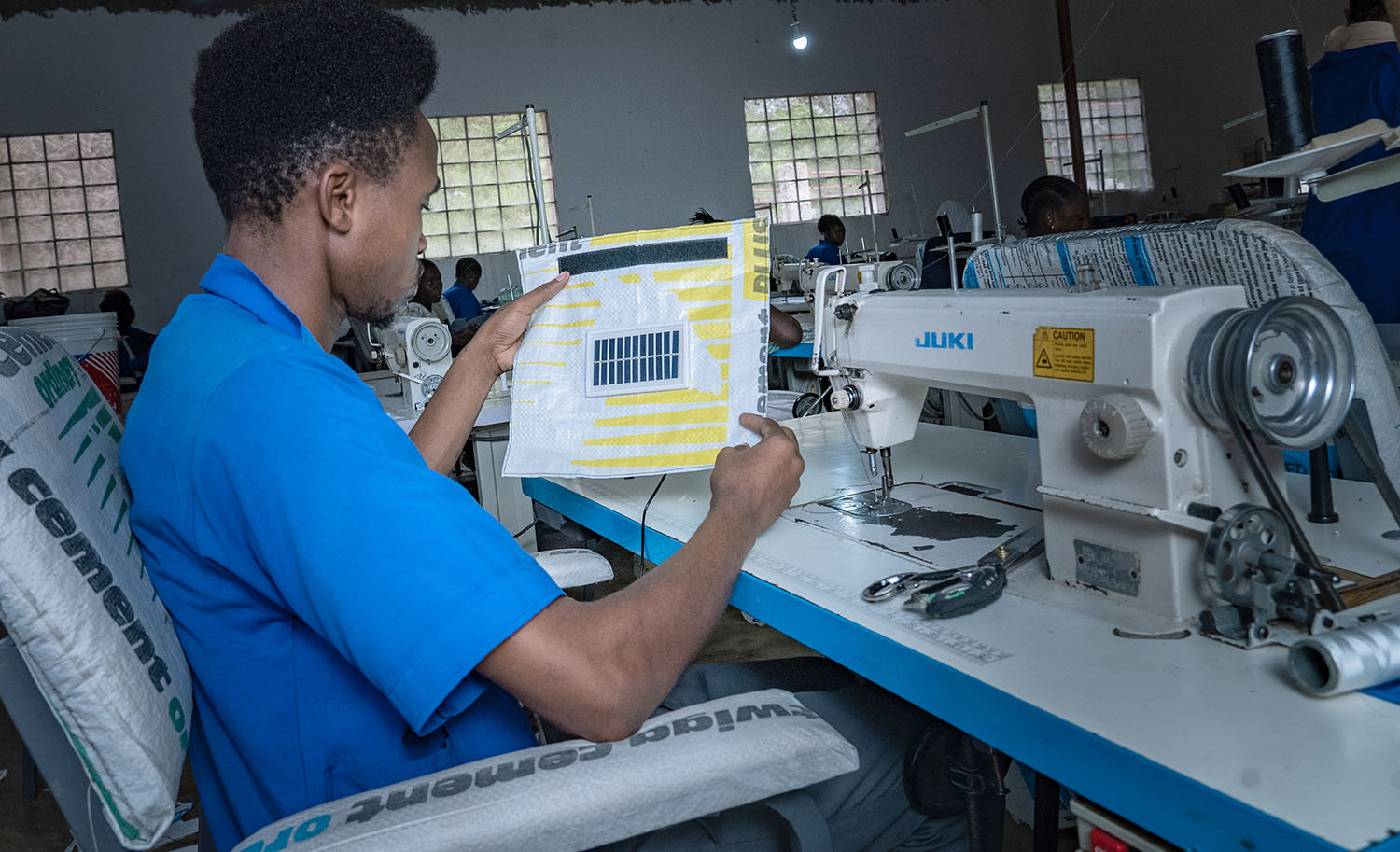
© UNDP Tanzania/Kumi Media
A worker shows the small solar panel that is sewn into each Soma Bag.
In 2016, James began turning old cement bags into backpacks with attached solar panels and reading lights. James designed the bags for students. During a walk to and from school, the panels collect the Sun’s energy, which can be used to power a reading lamp at night so that kids can spend more time reading or doing homework. A cloudy day is no problem. One panel holds enough power for six to eight hours of light, so it can be used for two or more evenings before it requires more sunlight.
What started with 80 backpacks per month turned into thousands after James started a company called Soma Bags (which means “reading bags” in Swahili) to manufacture them. James still uses old cement bags, which come at no cost to the company. Because of this, James says, it’s cheaper to buy one of his backpacks than to use a kerosene lamp. The company also makes bigger bags that can power other devices like phone chargers.
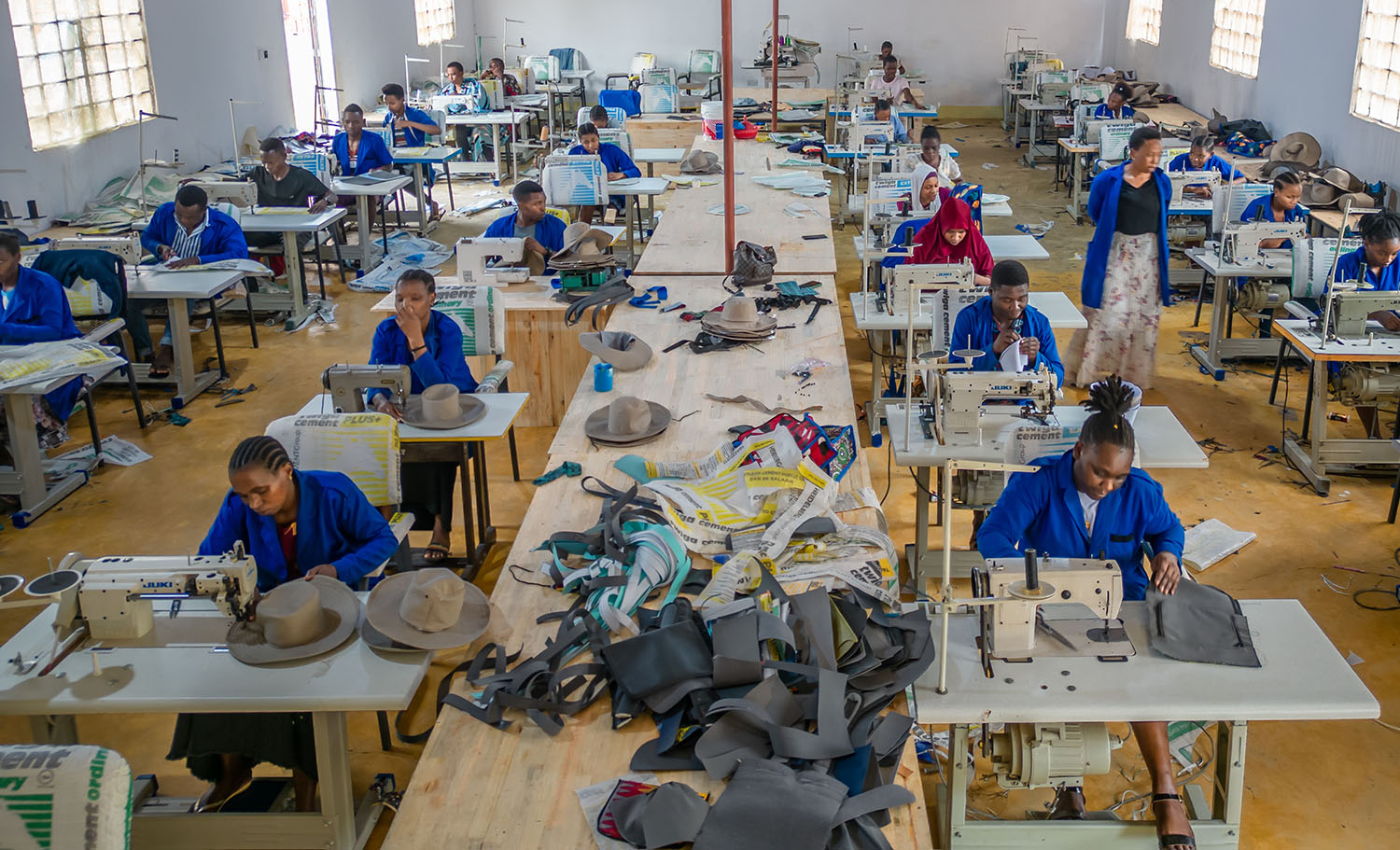
© UNDP Tanzania/Kumi Media
The Soma Bags factory in Bulale, Tanzania, employs 65 people.
Currently, customers are demanding 13,000 backpacks per month, more than what the company is able to make. But more and more kids now have the backpacks, which means that digging into homework—or just a good book—at night is no longer a problem.
